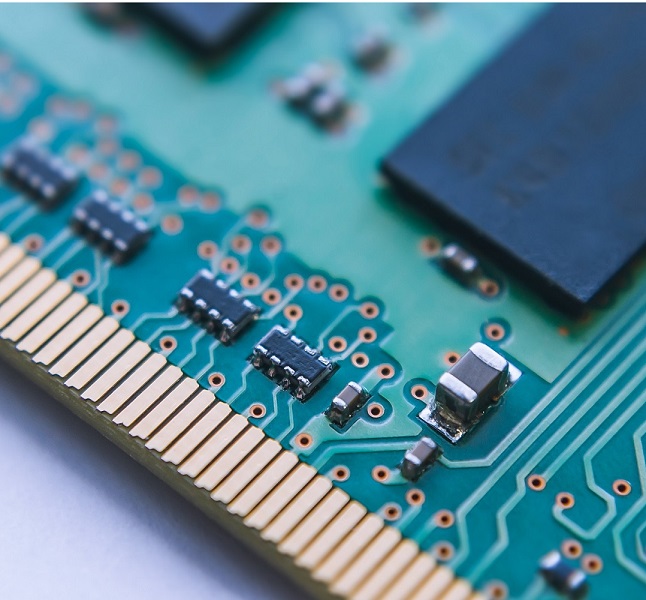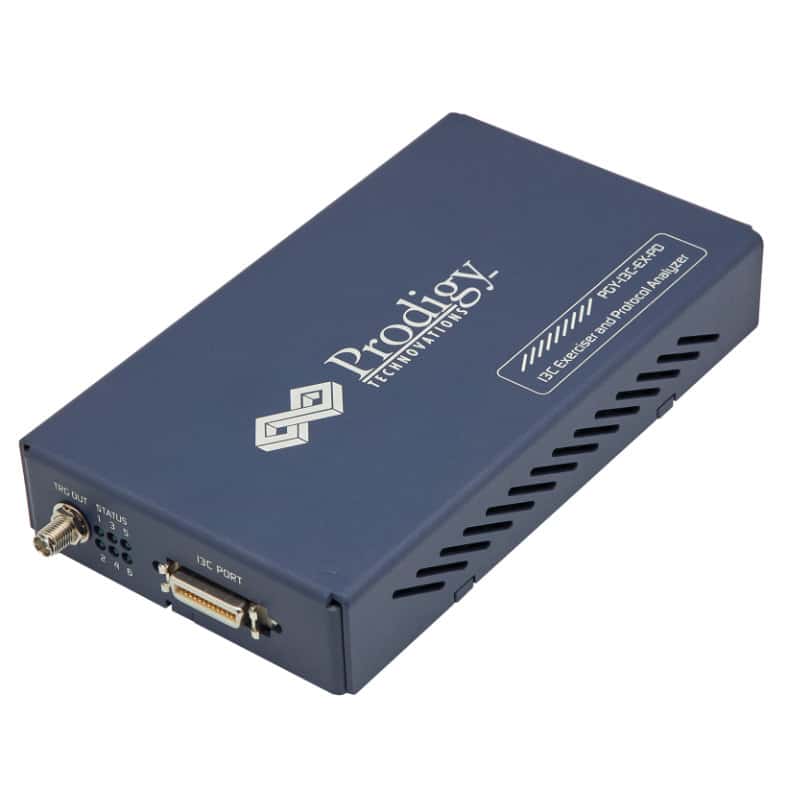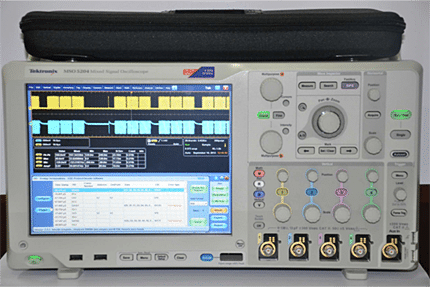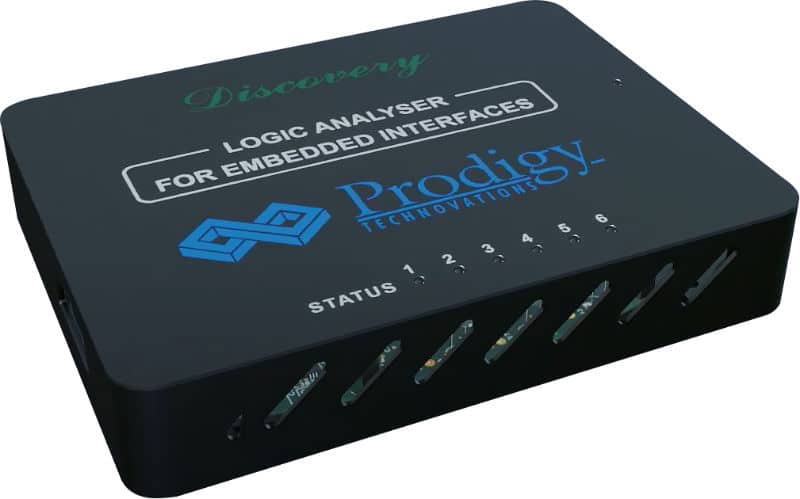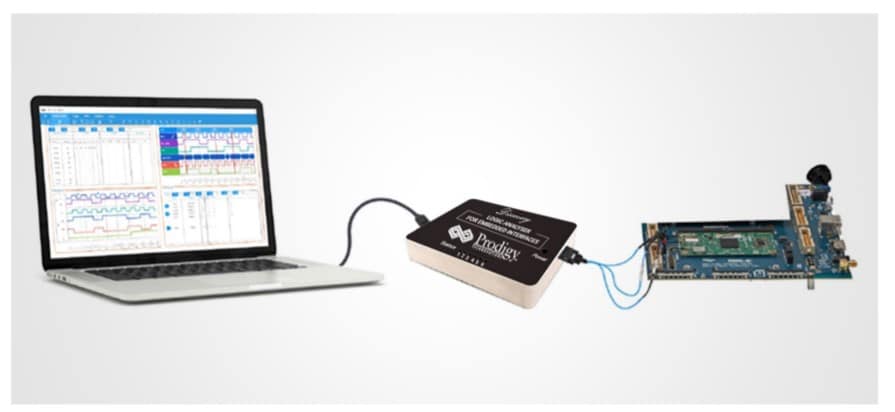
The I3C bus in the automotive sector
What is I3C (Improved-Inter-Integrated-Circuit)?
I3C was released in 2016 in collaboration between electronics and computer companies with the Mobile Industry Processor Interface Alliance (MIPI Alliance). I3C adds a significant number of system interface functions while maintaining upward compatibility with existing I²C slave devices, while native I3C devices support higher data rates similar to SPI (Serial Peripheral Interface). In general, I3C integrates and unifies the key attributes of I2C and SPI while enhancing the capabilities and performance of any approach with a comprehensive, scalable interface and architecture. The specification also provides for sensor interface architectures that the mobile, mobile device-influenced and embedded systems industry will require in the future.
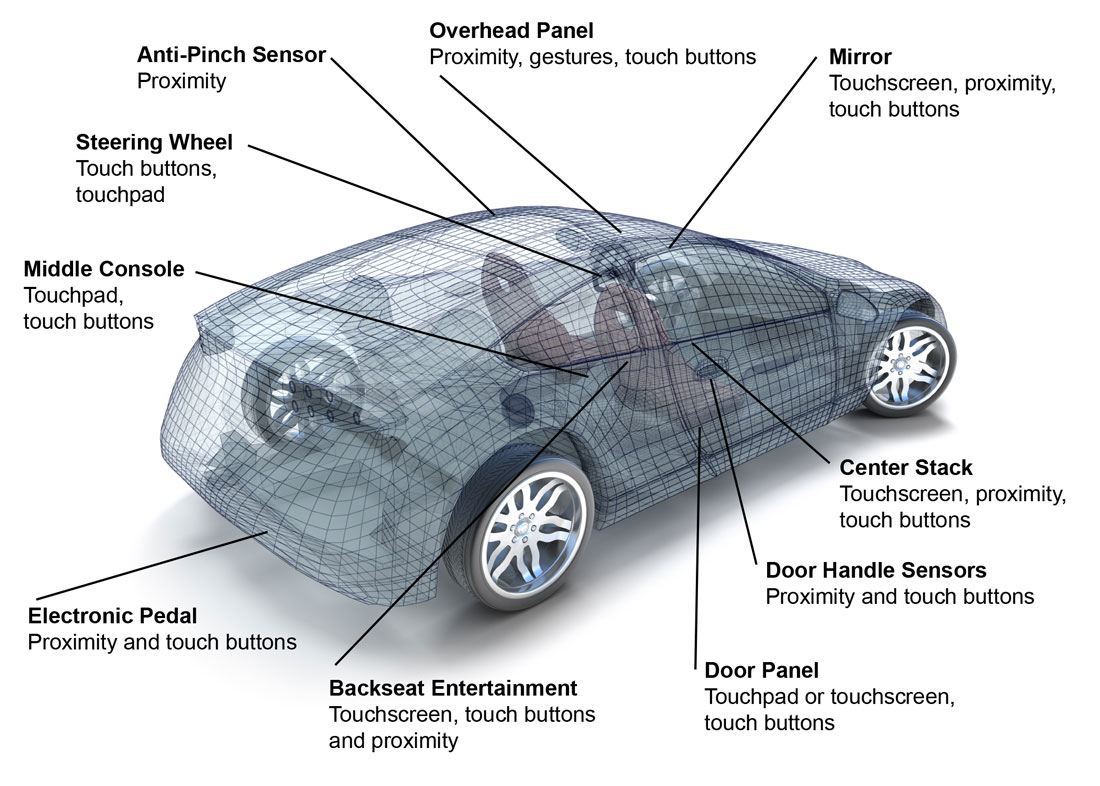
Why is there a need for I3C in the automotive sector?
Application controllers are usually connected to sensors and peripheral devices via I2C (developed by Bosch in 1982). Until a few years ago, this was the most common, cost-effective, and easiest way to connect peripherals to controllers, as there were few sensors in mobile devices and automobiles. Nowadays, when at least 10 different systems are connected per application controller, this leads to problems. Due to the large number of sensors in automobiles, the connection via I2C to the application controller or the primary calculation is expensive and no longer cost-efficient. In order to cope with the large number of peripheral devices, several instances of the I2C bus must be present. However, this leads to a higher GPIO demand, whereupon manufacturers responded with more intelligent sensors, which can be configured so that they can be in an energy-saving mode and display and interrupt their data, for example by switching a dedicated pin from low to high as soon as possible an action takes place. If there are 10 sensors, there are also 10 GPIO pins.
What are the advantages of I3C in automotive engineering?
I3C has a dynamic address assignment process that standardizes a simple method of recognizing, listing and assigning addresses. I2C, on the other hand, uses fixed addresses, which can quickly lead to conflicts, especially when using a large number of peripheral devices. With SPI, each device requires a dedicated CS line (Chip Select) so that the device can be addressed. An in-band interrupt function has been implemented at I3C, with which all dedicated out-of-band GPIOs can be used, with which sensors can interrupt the host via one of the two I3C lines. This has advantages in terms of development effort and costs. I3C is a persistent, low-speed interface resulting from sensor requirements and is used wherever I2C, SPI and, in many cases, UART have been found.
Another benefit of I3C is energy efficiency. I2C is an open drain bus. Every time a 0 is sent, the pull-up resistor has to be overcome, this affects the bus speed, which is usually 400 kHz to 1 MHz. This process affects the application processors, which in relation to each other must remain active for a long time until the data from the FIFO buffer are read out. With I3C, the clock was increased and the push / pull capability was added so that the pull-up resistors do not have to be overcome. This not only affects the energy efficiency of the entire embedded design, but also the significantly higher speeds of the application controllers and processors when querying data from sensors.
In addition to faster operation with a single data rate, I3C includes high data rate modes - double data rate and transcoding with ternary symbols - which can be optionally supported. With these modes with a high data rate, the effective throughput can be doubled (max. Tripled) with the same amount of energy that is used for clocking with 12.5 MHz, so that the energy in millijoules per bit begins to decrease when these modes are adopted. The interface is also fast enough that an optional time control is integrated so that the host can time-synchronize the sensor data acquisition. This is important for sensors or applications based on flight times. This cannot be done natively with older interfaces such as I2C or SPI.
All advantages of I3C in the automotive sector at a glance
- Fewer pins and signal paths (time, effort and cost savings in development)
- Dynamic addressing (time, effort and cost savings in development)
- Very low performance (higher energy efficiency compared to old bus specifications such as SPI and I2C)
- Higher bandwidth (lower latency and the option of optional time control)
- Integrates I2C and SPI into one expanded, consolidated specification
- Downward compatible
Tools for testing I3C designs
The Prodigy I3C Protocol Analyzer and Host Adapter is the premier tool that allows designers and test engineers to test the I3C designs for their specifications by configuring PGY-I3C-EXED as master / slave, generating I3C traffic with error injection functionality, and decoding of the I3C protocol decode packets. Prodigy's I3C Analyzer and Exerciser Series includes a lite version and a full version. The Lite version offers full protocol analysis functions but only limited host adapter / exerciser functions. With the full version, the full protocol analysis and exerciser scope can be used; for example, simulated real-time network traffic and protocol analysis can be generated simultaneously and numerous other test and debug scenarios can be carried out.
Price on request
Price on request




